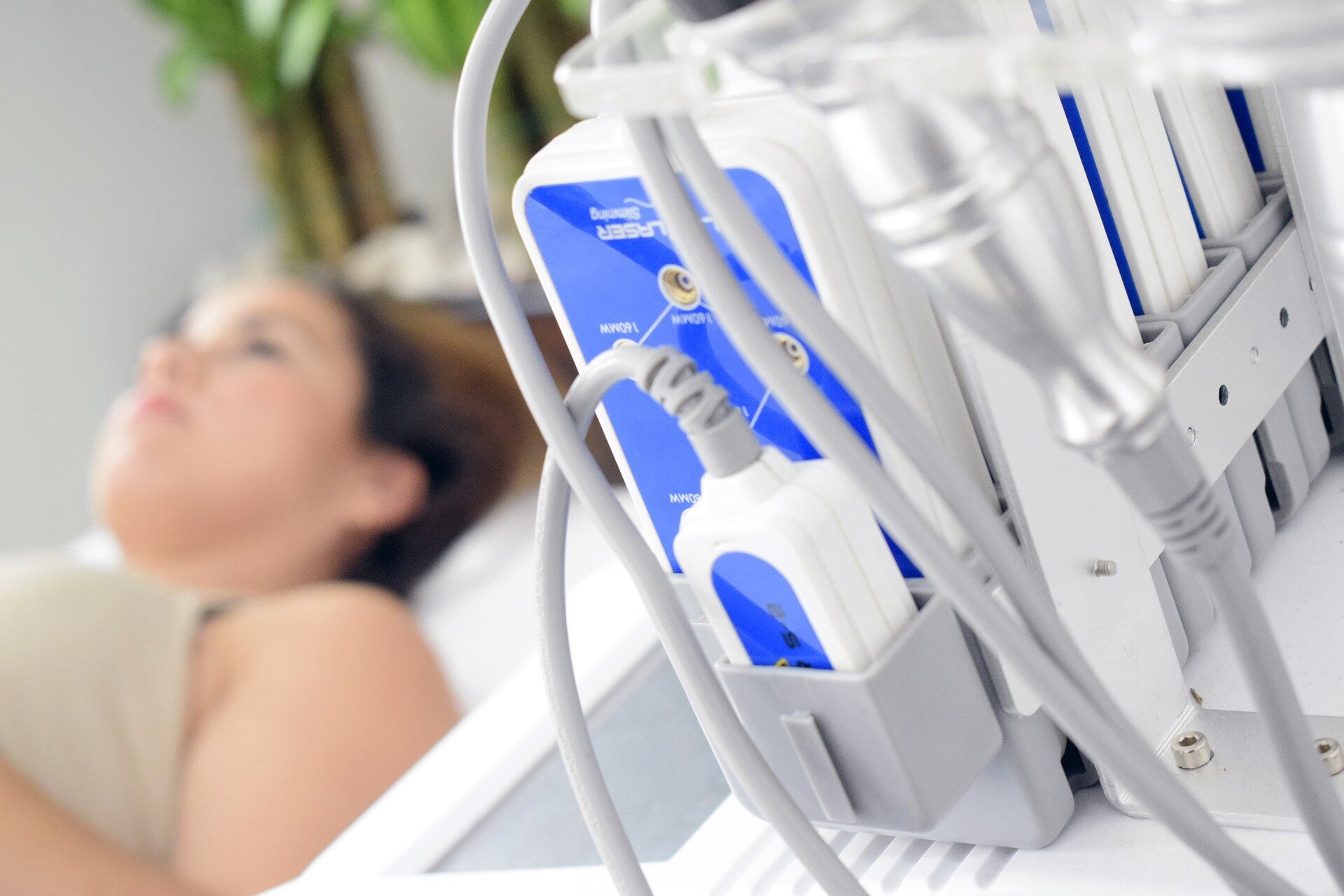Deaths from lung most cancers have been declining in developed international locations on account of early detection, enabling well timed healing remedies. Nevertheless, lung most cancers nonetheless leads to excessive mortality charges in low and middle-income international locations (LMICs), the place there’s a want for brand new diagnostic instruments.
A current examine revealed in Science Advances particulars a non-invasive, low-cost lung most cancers detection platform referred to as PATROL, demonstrating its efficiency and potential impression.
 Research: Inhalable point-of-care urinary diagnostic platform. Picture Credit score: mi_viri/Shutterstock.com
Research: Inhalable point-of-care urinary diagnostic platform. Picture Credit score: mi_viri/Shutterstock.com
Background
Low-dose computed tomography (LDCT) is the platform of alternative for early-stage lung most cancers screening within the absence of signs amongst folks at excessive threat for the situation. Its availability and use have diminished lung most cancers deaths by as much as 1 / 4 in scientific trials.
Nevertheless, this can be a refined and personnel-intensive platform, with poor penetrance amongst low- or middle-income populations.
Liquid biopsies are one other promising expertise that detects low ranges of cancer-associated biomarkers in physique fluids. These additionally require high-level assets, limiting their applicability to poorer populations.
An equally severe flaw within the widespread use of liquid biopsies is that they rely on biomarkers within the bloodstream, although many are discovered within the tumor microenvironment.
What did the examine present?
The present platform is PATROL, which is brief for point-of-care aerosolizable nanosensors with tumor-responsive oligonucleotide barcodes.
It’s based mostly on a set of activity-based nanosensors (ABNs) organized into an inhalable array of microscale aerosols that may be loaded on inhalers or nebulizers. Every sensor carries a DNA barcode.
Within the presence of lung most cancers, particular proteases are upregulated. These break up the ABNs, inflicting the discharge of DNA reporter molecules that finally make their means out of the physique by way of urine. The urine was proven by chromatography/spectrometry to include the peptides of curiosity.
Within the subsequent step, the researchers shifted to point-of-care (POC) detection to adapt the take a look at to low-resource settings. They designed a urine evaluation software within the type of a multiplexed paper-based lateral circulation assay (LFA).
The take a look at is carried out by inhaling the ABN biomarker array adopted by LFA of urine. The ABN signature is out there inside 20 minutes, and the take a look at is carried out at room temperature.
The ABN particles have been redesigned to quickly remodel from nanoscale to aerosolized particles with 1-3 μm sizes. Smaller particles than this are principally exhaled, whereas bigger particles don’t make it previous the higher airways.
They then used a big library of ABNs personalized to this platform to kind a set of 4 markers, added DNA barcodes, and multiplexed them with room-temperature LFAs.
They decided the protease substrate focus, airflow sample, and supply mode that might yield one of the best outcomes with minimal background noise.
Utilizing a mouse lung most cancers mannequin, the researchers demonstrated that PATROL possessed excessive sensitivity and specificity for early-stage lung adenocarcinomas.
Nevertheless, the general significance of the world beneath the curve (AUC) for the predictive energy of the probes was one order of magnitude lower than with mass spectrometry. Nonetheless, the sensitivity was at 75%, just like that of micro-CT, with 100% sensitivity.
What are the implications?
“Collectively, PATROL holds nice scientific potential not solely to realize each delicate and particular lung most cancers detection at early phases but in addition to allow straightforward deployment in resource-limited settings.”
This extremely modular design makes use of a self-administered format, stabilized oligonucleotide barcodes simply immobilized on paper strips, and multiplexed exams to select up the peptide biomarkers indicating disordered proteolysis in early-stage lung most cancers.
Nebulization and inhalation have been used for many years to deal with power lung illness. They’re well-designed to ship the particles of curiosity into the lungs with out being damaged down within the physique.
That is exploited right here to make sure the diagnostic particles enter the lungs, particularly the peripheral areas, together with the bronchi, bronchioles, and alveoli, the place lung most cancers principally happens.
PATROL not solely yields amplified alerts however reduces noise, thus rising the specificity of detection of early-stage lung most cancers.
By altering the formulations, the deposition web site will be tailor-made to happen deeper or extra superficially within the tracheobronchial tree.
Using LFA based mostly on artificial DNA barcodes detected by direct hybridization on paper strips does away with amplification as in polymerase chain response or CRISP-R strategies, and permits fast and multiplexed testing with outcomes inside 20 minutes.
Additional analysis might assist customise the library of ABNs to fine-tune and tailor the platform for different lung cancers. As well as, it’s probably extendable to cowl power lung ailments and infections.
“We envision that by releasing illness screening from its present resource-intensive atmosphere, we might allow possible surveillance testing that might establish a illness when it’s nonetheless straightforward to deal with.”







